Seaweed Thins: A Comprehensive Guide to the Popular Snack
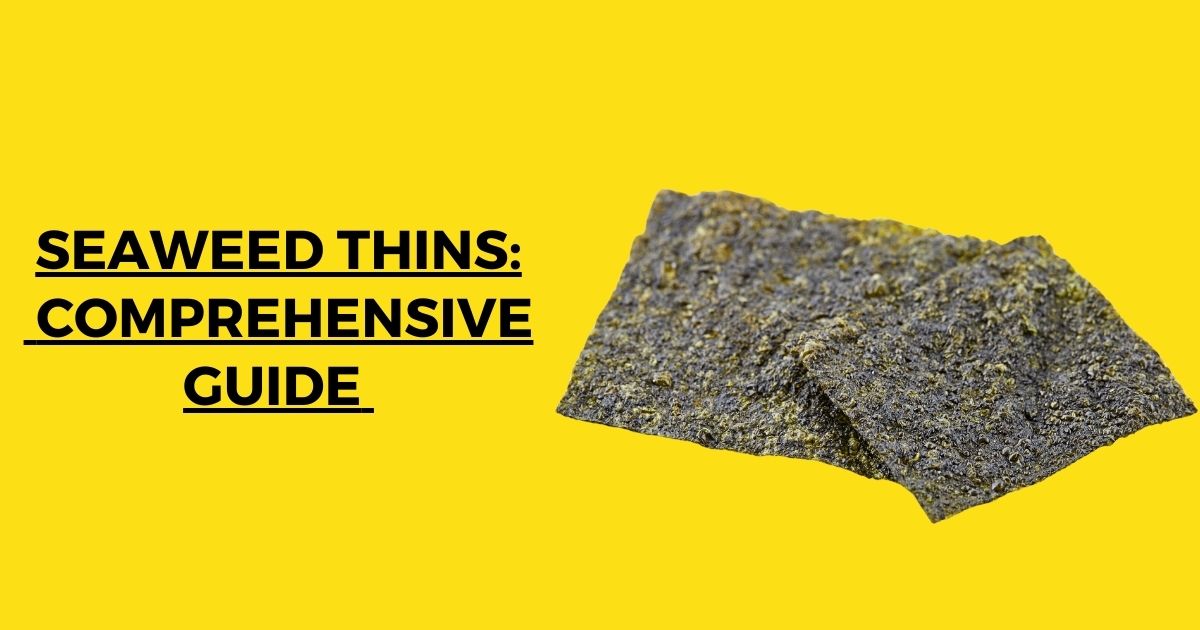
Discover the benefits of seaweed thins, a low-calorie, nutrient-packed snack made from sustainable seaweed, perfect for health-conscious eaters.
What Are Seaweed Thins?
Seaweed thins are a popular snack made from seaweed, a nutrient-rich aquatic plant. Often thin, crispy, and flavored, seaweed thins have gained a following among health-conscious eaters and those looking for sustainable snack options. This snack is a simple yet flavorful way to enjoy the natural benefits of seaweed without much processing or added ingredients.
Overview of Seaweed Thins as a Snack
Seaweed thins come in various flavors and textures. They’re typically baked or roasted and lightly seasoned with ingredients like salt, sesame oil, or spices. The process keeps them crunchy and enhances the natural umami flavor that seaweed is known for.
How Are Seaweed Thins Made?
Seaweed thins are made by harvesting seaweed, drying it, and then pressing it into thin sheets. Afterward, the seaweed is seasoned, sometimes roasted, and then cut into small snack-sized pieces. This process ensures a crispy, satisfying bite.
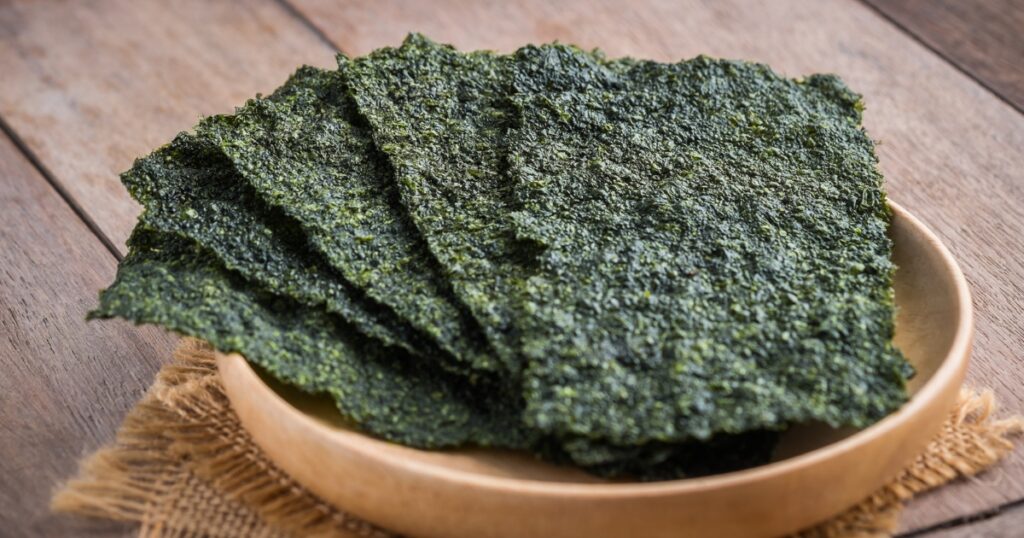
Ingredients Used in Seaweed Thins
Basic ingredients include seaweed, salt, and oil, though you might find flavors enhanced with spices or other seasonings like sesame seeds or soy sauce. Many seaweed thins also incorporate superfoods to cater to the health-conscious consumer.
The Health Benefits of Seaweed Thins
Rich in Nutrients
Seaweed thins are packed with nutrients, making them an excellent snack choice for those looking to add more healthful foods to their diet.
High in Vitamins and Minerals
Seaweed is naturally rich in vitamins A, C, E, and K. It’s also packed with essential minerals like iodine, which supports thyroid function, and calcium, which is vital for bone health.
Low-Calorie and Low-Fat Snack Option
One of the main appeals of seaweed thins is their low-calorie and low-fat content, making them an ideal snack for those watching their caloric intake without sacrificing taste or nutrition.
Seaweed Thins for Gut Health
Seaweed is high in fiber, which promotes healthy digestion.
Fiber Content and Digestive Benefits
The fiber found in seaweed helps regulate bowel movements, supports healthy gut bacteria, and can contribute to a more efficient digestive process. For individuals seeking to improve their digestive health, seaweed thins offer a tasty way to increase fiber intake.
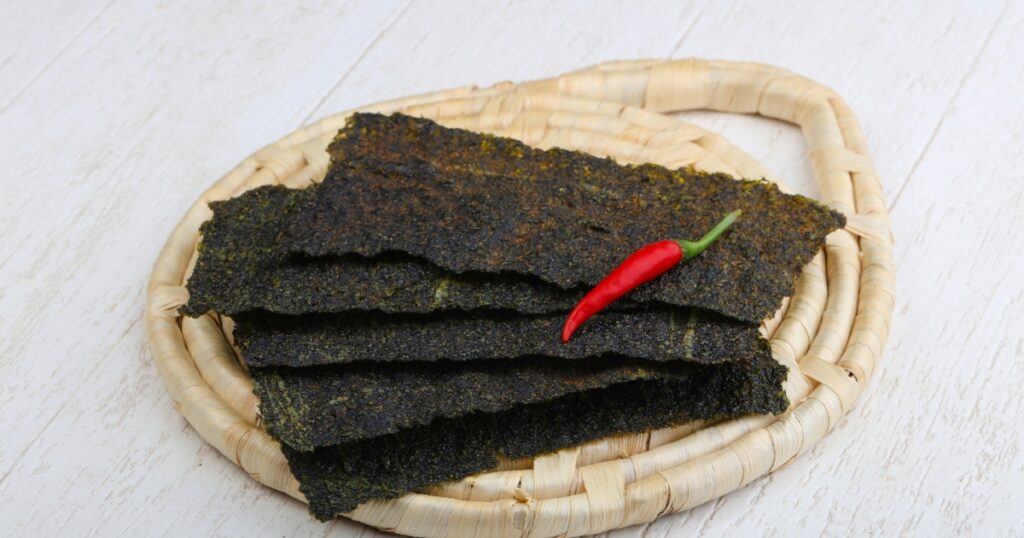
Antioxidant Properties
Seaweed contains powerful antioxidants that help combat oxidative stress and protect the body from harmful free radicals. Regular consumption of antioxidant-rich foods can support overall health and reduce the risk of chronic diseases.
Are Seaweed Thins Sustainable?
Environmental Impact of Seaweed Farming
Seaweed is one of the most sustainable crops to grow, with minimal environmental impact.
How Seaweed Farming Helps the Environment
Seaweed farming doesn’t require fertilizers, freshwater, or land. It actually absorbs CO2 from the atmosphere, helping to reduce carbon levels and combat climate change. It also helps maintain marine ecosystems by providing habitats for various marine species.
The Future of Seaweed-Based Products
As environmental concerns continue to rise, the demand for sustainable foods like seaweed is expected to grow. Seaweed-based snacks and other products are poised to become a significant part of the future food landscape.
Flavors of Seaweed Thins
Popular Varieties
Seaweed thins come in many delicious flavors, catering to a wide range of tastes.
Classic Flavors
Classic flavors include simple salted versions or lightly seasoned varieties with sesame oil, offering a mild, savory taste that appeals to most palates.
Unique Flavors to Try
For more adventurous snackers, seaweed thins are available in flavors like wasabi, teriyaki, and even spicy chili, offering a bold and exciting snacking experience.
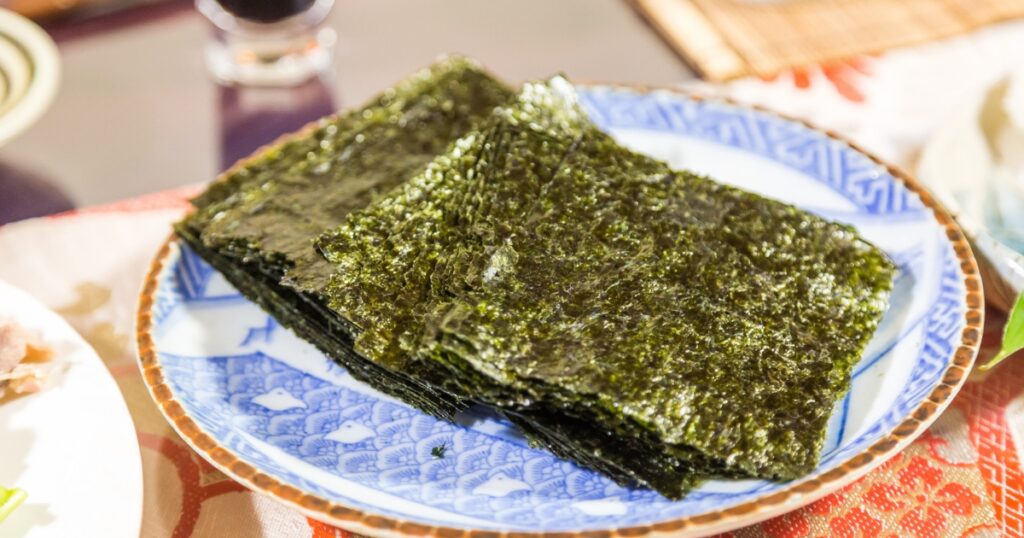
How to Incorporate Seaweed Thins into Your Diet
As a Snack on Its Own
Seaweed thins make for a fantastic snack by themselves. They’re light, crispy, and packed with flavor.
Benefits of Eating Seaweed Thins Plain
Snacking on seaweed thins offers all the nutritional benefits without the need for added dips or toppings, making them an easy and portable snack option.
As a Topping or Side Dish
Seaweed thins also work great as a topping for soups, salads, and even rice dishes.
Pairing Seaweed Thins with Other Foods
You can crumble them over a dish to add texture or serve them alongside sushi or poke bowls for an extra crunch.
Using Seaweed Thins in Recipes
For those looking to get creative, seaweed thins can be used in recipes like seaweed-wrapped rice rolls, seaweed sandwiches, or even sprinkled over homemade ramen.
Are Seaweed Thins Vegan and Gluten-Free?
Ingredients to Look For
Most seaweed thins are vegan and gluten-free, but it’s essential to check the packaging for any added ingredients that may contain gluten or animal by-products.
Vegan Seaweed Thins
Look for seaweed thins made with plant-based seasonings and oils to ensure they meet vegan standards.
Gluten-Free Options
While most seaweed thins are naturally gluten-free, some flavors may include soy sauce or other ingredients that contain gluten, so always double-check the label.
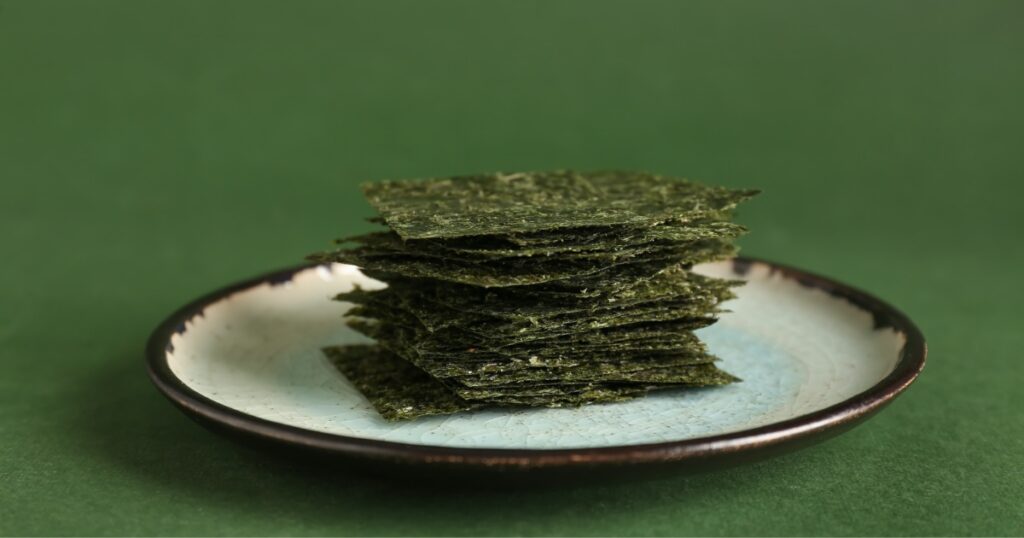
The Growing Popularity of Seaweed Thins
Why Seaweed Thins Are Trending Globally
Health trends and environmental awareness are propelling the popularity of seaweed thins, with consumers looking for healthy, sustainable snacks.
Health Conscious Consumers
More people are shifting toward plant-based diets, and seaweed thins fit perfectly into this trend as a low-calorie, nutrient-dense snack.
Asian Influence on Global Snacking Trends
Asian food culture, where seaweed has long been a staple, has also influenced the global popularity of seaweed snacks.
The Best Brands of Seaweed Thins
Top-Rated Seaweed Thin Products
Brands like GimMe, SeaSnax, and Annie Chun’s are well-known for their quality seaweed thins.
Customer Favorites
Among the best-reviewed seaweed thin products are those that offer clean ingredients and a satisfying crunch.
Where to Buy Seaweed Thins
You can find seaweed thins in most grocery stores, health food shops, and online retailers like Amazon.
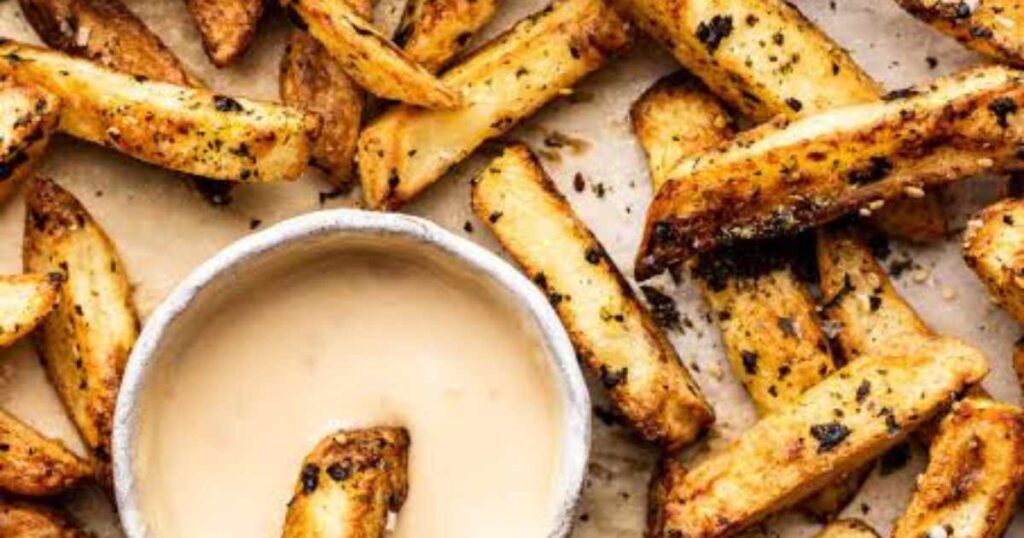
How Seaweed Thins Compare to Other Healthy Snacks
Nutritional Comparison to Kale Chips
Both seaweed thins and kale chips are nutrient-rich, but seaweed has more iodine and offers more sustainable farming methods.
Seaweed Thins vs. Kale Chips
Seaweed thins are generally lower in calories than kale chips, making them a better option for those counting calories.
Seaweed Thins vs. Potato Chips
Seaweed thins are a far healthier alternative to potato chips, providing essential nutrients without the excess fat, salt, or calories.
Health and Calorie Comparison
While potato chips are high in unhealthy fats, seaweed thins offer a lower-calorie, nutrient-dense alternative.
Frequently Asked Questions about Seaweed Thins
Are Seaweed Thins Safe to Eat Every Day?
Yes, seaweed thins are safe to consume daily, but moderation is key due to their iodine content.
Do Seaweed Thins Contain Iodine?
Yes, seaweed thins contain iodine, an essential mineral for thyroid function.
Can Seaweed Thins Help with Weight Loss?
Their low-calorie nature makes seaweed thins a great snack for weight management.
How Are Seaweed Thins Packaged?
Seaweed thins are usually packaged in air-tight containers or resealable bags to maintain freshness.
What’s the Shelf Life of Seaweed Thins?
Typically, seaweed thins have a shelf life of several months if kept in a cool, dry place.




